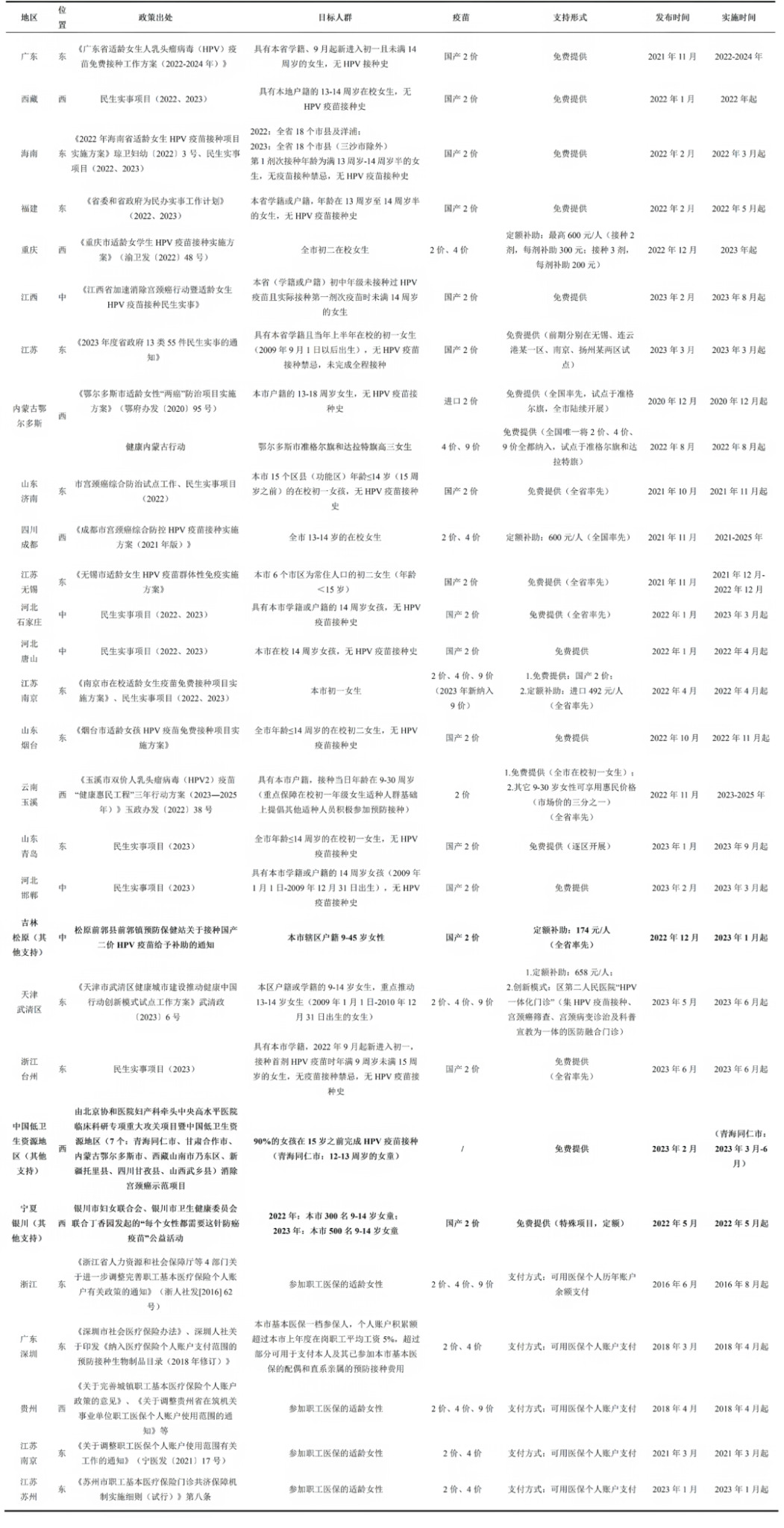Journal Content Recommendation
01
Respiratory syncytial virus vaccination and immunoprophylaxis: realising the potential for protection of young children
This study was published in The Lancet and is the fourth article in a series of four papers about respiratory syncytial virus (RSV). RSV is the leading worldwide cause of acute respiratory illness in children younger than 5 years, with more than 6 million RSV wheezing or pneumonia cases and more than 100,000 RSV deaths occurring each year. Most of these deaths occur in children younger than 6 months, and more than 90% occur in low-income and lower-middle-income countries. As of July, 2024, the RSVpreF maternal vaccine, nirsevimab, or both products have been approved in more than 50 high-income or upper-middle-income countries and in India, but not yet in any other lower-middle-income or low-income countries, or in any African countries.
The study first reviews the efficacy and safety data of RSV immunization products for infants and pregnant women that have been approved or are in clinical trials. The second part analyzes the regulatory, policy, and implementation pathways of Nirsevimab and RSVpreF in different countries. High-income countries have mature regulatory and policy processes for authorizing and introducing new immunization products, whereas middle- and low-income countries face challenges in market approval, policy-making, and implementation of vaccines (or related immunization products). From the perspective of manufacturers, the packaging and dosage forms of Nirsevimab and RSVpreF do not consider the low- and middle-income countries’ settings.
The study highlight policy decisions and implementation of nirsevimab in Spain and the RSVpreF maternal vaccine in Argentina. In Spain, the pricing of Nirsevimab was determined through evidence of disease burden and cost-effectiveness, and the innovative feature of the product. A vaccination strategy was developed according to the epidemic season. Nirsevimab was eventually introduced into Spain’s national immunization program. Argentina, building on the successful promotion of the prenatal Tdap vaccine, expedited the market approval of RSVpreF and, by consulting with the National Immunization Technical Advisory Group (NITAG) and referencing recommendations from the U.S. Centers for Disease Control and Prevention (CDC) and the American College of Obstetricians and Gynecologists, included RSVpreF in its national immunization program in September 2023.
The research team believes that the political will to prioritize the RSV vaccine as an immunization measure will drive coordination among regulatory and decision-making bodies, accelerating the implementation and promotion of vaccination. Countries should select interventions that best suit their population and healthcare system needs, considering the involvement of professional groups, parents, and other civil society members. Special attention should be given to regions with the highest disease burden, where interventions are often the hardest to reach.
https://doi.org/10.1016/S0140-6736(24)01699-4
02
Re-evaluating the impact and cost-effectiveness of pneumococcal conjugate vaccine introduction in 112 low-income and middle-income countries in children younger than 5 years: a modeling study
This study was published in The Lancet Global Health. By combining the national immunization coverage data from the World Health Organization and UNICEF with data from the Global Burden of Disease Study, the study updated a proposed dynamic model to analyze the impact of PCV13 in 112 low- and middle-income countries from 2000 to 2030.
The result showed that PCV13 could prevent 697 000 deaths (95% CI: 359 000–1 040 000), 46 million DALYs(95% CI: 24 million – 64 million), and 131 (95% CI: 89 million – 172 million) million cases in 112 countries between 2000 and 2030. PCV was estimated to prevent 5.3% of pneumococcal deaths in children younger than 5 years during 2000–2030. If PCV coverage were increased to DTP coverage in 2020, PCV13 could prevent an additional 146,000 (75,500–219,000) deaths.
The research team pointed out that real-world evidence from low-income settings indicates that delays in the global rollout of PCV vaccines and low coverage rates have led to many deaths. The study emphasizes the importance of rapidly promoting PCV vaccines to achieve high coverage rates and maximize the effectiveness of the vaccines.
https://doi.org/10.1016/S2214-109X(24)00232-8
03
Monovalent rotavirus vaccine effectiveness and long-term impact among children <5 years old in Antananarivo, Madagascar, 2010–2022
This study was published in Vaccine. The monovalent rotavirus vaccine substantially reduced rotavirus disease burden after its introduction in May 2014 in Madagascar. The study examined the effectiveness and long-term impact on acute watery diarrhea and rotavirus-related hospitalizations among children <5 years old at two hospitals in Antananarivo, Madagascar, in 2010-2022.
The study used a test-negative case-control design to estimate monovalent rotavirus vaccine effectiveness (VE) against laboratory-confirmed rotavirus hospitalizations. To evaluate the impact, the study expanded to children aged 0–59 months with acute watery diarrhea. First, the study used admission logbook data to compare the proportion of all hospitalizations attributed to diarrhea in the pre-vaccine, transition period, and post-vaccine periods. Second, the study used active surveillance data to describe rotavirus positivity and detected genotypes by vaccine introduction period and surveillance year.
The result showed that the adjusted VE of at least one dose against hospitalization due to rotavirus diarrhea among children aged 6–23 months was 61 % (95 % CI: −39–89 %). The annual median proportion of hospitalizations attributed to diarrhea declined from 28% in the pre-vaccine to 10% in the post-vaccine period. Rotavirus positivity among hospitalized children aged 0–59 months with acute watery diarrhea was substantially higher during the pre-vaccine (59 %) than the post-vaccine (23%) period. In the pre-vaccine period, G3P[8] (76%) and G2P[4] (12%) were the dominant genotypes detected. Although genotypes varied by surveillance year, G1P[8] and G2P[4] represented >50 % of the genotypes detected post-introduction.
In conclusion, the rotavirus vaccine has been successfully implemented in Madagascar’s routine childhood immunization program and had a large impact on the rotavirus disease burden, supporting the continued use of rotavirus vaccines in Madagascar.
https://doi.org/10.1016/j.vaccine.2024.126321
04
Impact of the COVID-19 pandemic on routine childhood vaccination in 9 U.S. jurisdictions
This study was published in Vaccine and aims to assess how the COVID-19 pandemic impacted routine childhood vaccinations by evaluating vaccination coverage for routine childhood vaccinations for children born in 2016–2021. The study used data reported by the Immunization Information Systems (IIS) from nine U.S. jurisdictions as of December 31, 2022, to analyze the vaccination status of children across different age groups.
Overall, there was a 10.4 percentage point decrease in the 4:3:1:3:3:1:4 (≥4 doses DTaP, ≥3 doses Polio, ≥1 dose MMR, ≥3 doses Hib, ≥3 doses Hepatitis B, ≥1 dose Varicella, and ≥ 4 doses pneumococcal conjugate) series in those children born in 2020 compared to those children born in 2016. As of December 31, 2022, 71.0% and 71.3% of children born in 2016 and 2017, respectively, were up to date on their routine childhood vaccinations by two years of age compared to 69.1%, 64.7%, and 60.6% for children born in 2018, 2019, and 2020, respectively.
In order to protect population health, the study advocates strategic efforts are needed by health care providers, schools, parents, as well as state, local, and federal governments to work together to address these declines in vaccination coverage during the COVID-19 pandemic to prevent outbreaks of vaccine-preventable diseases by maintaining high levels of population immunity.
https://doi.org/10.1016/j.vaccine.2024.05.045
05
Pediatric HPV vaccination: Provider recommendations matter among hesitant parents
The study was published in Vaccine and aims to examine correlates of pediatric HPV vaccination among parents who have reported hesitancy toward the HPV vaccine and investigate the relationships between the social process of healthcare provider recommendations and pediatric HPV vaccination.
The study utilized phone survey data (N = 2201) collected in October 2022 via random digit dialing of Arkansan adults. The analysis focused on a subsample of parents of children ages 9 to 17 years who reported HPV vaccine hesitancy (n = 201). Parents of children ages 9 to 17 were asked, “Thinking specifically about the HPV vaccine, how hesitant are/were you about getting your child vaccinated?” Parents reported they were “a little,” “somewhat,” or “very” hesitant toward getting their child vaccinated against HPV were considered HPV vaccine-hesitant and selected for inclusion in the analytical sample.
The results showed that a third (32.96%) of vaccine-hesitant parents reported their child(ren) had received at least one dose of the HPV vaccine. Only half (50.93%) of vaccine-hesitant parents received a healthcare provider recommendation to vaccinate their child(ren) between the ages of 9 and 17 against HPV. Adjusted odds of pediatric HPV vaccination were four times greater when vaccine-hesitant parents received a healthcare provider’s recommendation (OR = 4.67) compared to when they did not.
Therefore, healthcare provider recommendations are important for promoting HPV vaccination. Additional research is needed to understand why pediatric HPV vaccine recommendations are not made more often or consistently, particularly among vaccine-hesitant populations.
https://doi.org/10.1016/j.vaccine.2024.126166
Content Editor: Xiaotong Yang
Page Editor: Ziqi Liu





